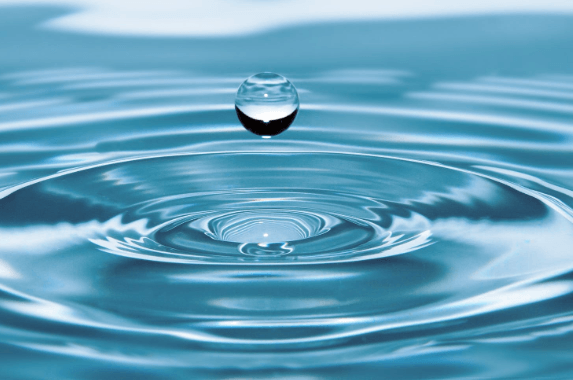Notice a strange taste and opaqueness to your tap water recently? Your taps are dispensing hard water instead of healthy, clean drinking water. But that unpleasant taste and cloudy appearance aren’t the only signs of hard water in your home.

On this page you’ll learn exactly what hard water is all about and what signs to look for.
Let’s get started!
5 Signs of Hard Water To Look For In Your Home.
1] Bathtub and Sink Stains
A permanent, rust colored ring around your bathtub or sink is a sign of hard water in your home. The appearance of unsightly rings indicates your water has high levels of iron or other ferrous elements. Oxidized, the iron turns reddish-brown on enamel surfaces like the one in your tub. Check out these tips for removing hard water stains.
2] Discolored Laundry
Does your laundry appear off-color, especially your whites? Do they feel stiff and appear as though stained with apple juice? Again, this is a sign that your laundry machine is using hard water. High levels of iron in your water leave behind a stain on fabrics
3] Chalky Build-Up On Faucets
Is there a chalky crust building up on the rim of your faucets? That’s salt, or calcium and magnesium deposits congealing over time. It’s a sure sign of hard water, which is also corroding your pipes and releasing more iron into your water than should be naturally present.
This scaly buildup can also appear on the components of water appliances such as your hot water tank. The crusty deposit reduces the heat conductivity of your water heater, reducing its efficiency and increasing your energy consumption.
4] Filmy Residue
Hard water and soap just don’t mix. Literally. When the fatty acids in your average bar of soap interact with the calcium and magnesium ions in your hard water, they form a gelatinous substance that leaves behind an unpleasant, filmy residue.
You’ll notice this filmy layer covering your soap bar, soap dish, and even your hair after a shower.
5] Spots On Glassware
Those embarrassing spots on your wine glasses and drinking glasses are a sign of hard water. In other words, you’re washing your dishes with calcium and magnesium.
What Is Hard Water?
Hard water is water that contains high levels of magnesium and calcium. And where do these minerals come from? Water percolating through limestone, chypsum or chalk deposits absorbs these minerals In such cases, your water appears cloudy according to the concentration of minerals in your water.

If your tap water appears reddish in color, it’s a sign of ferrous or iron in your water. For outdoor taps, the problem may lie with either a rusty copper hose or the piping. Corrosion, industrial waste, iron ore refinement facilities and natural ore deposits can all seep iron into your water.
How To Get Rid of Hard Water
Even with the treatment of a CWS, it’s not always possible to eliminate every trace of iron and other contaminants that cause hard water.
The easiest, most economical solution for purifying your tap water is a water softener, which filters out the calcium, magnesium and iron. Water softeners use different methods of filtration to not only remove contaminants but fortify your water with added alkaline, improving the quality of your tap water even further.
Join 25,000+ smart readers—don’t miss out!






